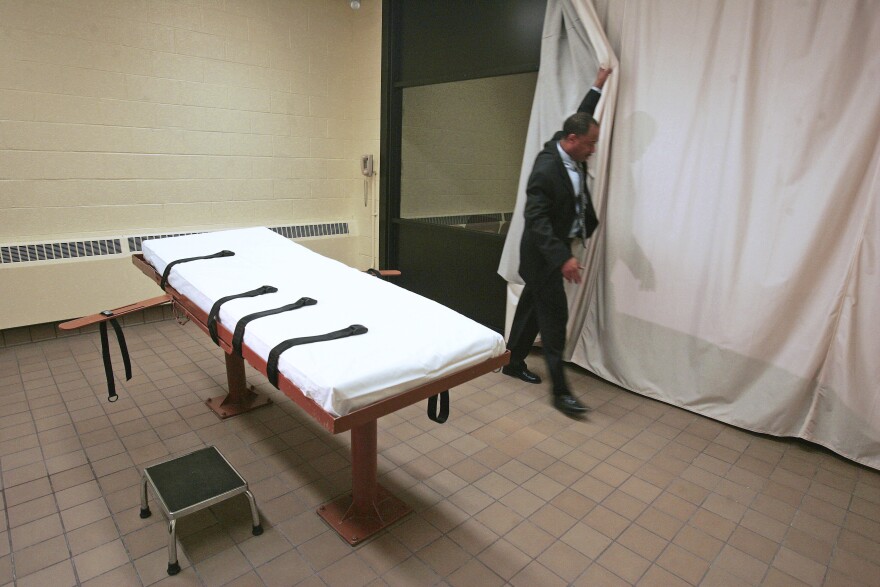After Alabama executed a man using nitrogen gas Thursday—the first time it had been administered on an individual in the country’s known history—some Ohio lawmakers may too be eyeing lethal injection alternatives.
Ohio Attorney General Dave Yost, alongside State Reps. Brian Stewart (R-Ashville) and Phil Plummer (R-Dayton), said in a news release Monday they want to see the standstill in death penalty enforcement “kickstarted.”
The three of them will be joined by Lou Tobin, the executive director of the Ohio Prosecuting Attorneys Association, at a news conference Tuesday morning.
“No method of execution is going to be acceptable to people who don't think we should have a death penalty at all,” Tobin said in an interview Monday morning. “But I'm paying attention to what the elected officials in Alabama said about it, and to me, they made it sound like a success.”
Alabama corrections workers executed Kenneth Smith on Thursday night by nitrogen hypoxia—essentially, asphyxiating him via a gas mask—after a botched attempt at lethal injection on Smith in November 2022.
More than 100 men and one woman are incarcerated on death row in Ohio, according to Department of Rehabilitation and Corrections data. The state has not gone through with an execution since July 2018, closing in on six years and extending the entirety of Gov. Mike DeWine’s tenure.
The standstill is due, in part, to pharmaceutical companies’ opposition to use of their products in the drug concoction that creates a lethal injection.
Dan Tierney, a spokesperson for Gov. Mike DeWine, said Monday the governor hasn’t changed his stance on the issue. Tierney called the use of lethal injection an “untenable situation,” but declined to comment on whether DeWine would back the use of nitrogen gas if lawmakers choose to add it as an alternative.
“We have legitimate and there are legitimate questions about whether Ohio is even looking for the drugs for lethal injection,” Tobin said.
But Tobin said the “undue delay” is unfair to both those on death row, and the crime victims and their family.
Each chamber of the Ohio Legislature would have to pass any change to how the state administers the death penalty, since presently, the only codified method is lethal injection.
A growing cohort of lawmakers on both sides have proposed abolishing the practice altogether over the last decade. Bills introduced in both the Ohio House and Senate this legislative session would get rid of the death penalty. Neither have moved out of committee.




